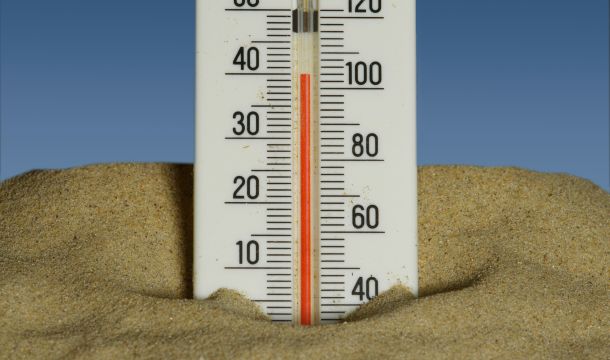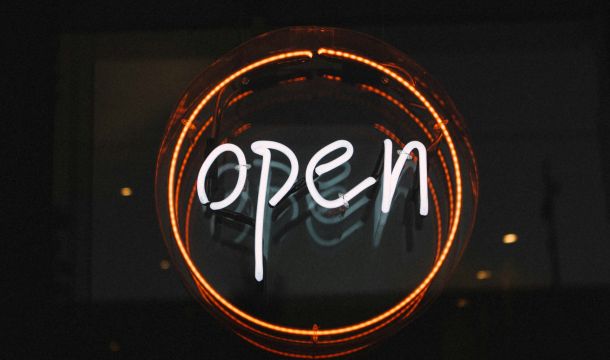How Workplace Drama Can Turn into a Retaliation Action
We always tell our clients that timing is the key to the success or failure of a retaliation action. The shorter the proximity of time between the protected conduct and subsequent action against the employee who engaged in the protected conduct, the more likely it is that the case is not going to be resolved on a motion for summary judgment.
An excellent example of this principle comes to us from New York, where a female regional manager for Anne Fontaine USA Inc. filed a retaliation action against her employer claiming she was fired after complaining that subordinate employees were spreading "rumors" she let a top male executive see her breasts. Last week, a federal district denied the employer's motion for summary judgment, noting, however, that the former employee's chances of success on her claims against the clothing retailer might be slim. (Baez v. Anne Fontaine USA, Inc., S.D.N.Y., No. 14-6621, 1/5/17).
Baez was terminated for poor job performance and creating "too much drama" at work. Shortly before her termination, Baez complained about employees spreading rumors that she let the company's CEO see her breasts. (Baez did admit that she did not wear a bra when she met with the CEO, but denied showing him her breasts). One subordinate employee was issued a written warning for gossiping. The short time period between Baez's complaints about her co-workers' gossip and her termination could allow a reasonable jury to find she was fired for opposing suspected sexual harassment, the court said. Moreover, the court said that based on the CEO's statement that Baez caused "too much drama at work," a jury could reasonably infer the CEO was referring to the tumult over Baez's complaints about her co-workers' speculation that the CEO had seen her breasts.
Practice Tip: There is always a risk of litigation when an employer terminates an employee who has engaged in protected conduct such as complaining about harassment. An employer can enhance its chances of winning that litigation by (a) carefully documenting the reasons for the termination, and (b) avoiding any reference to the protected activity in the termination documentation.

Kathleen J. Jennings is a former principal in the Atlanta office of Wimberly, Lawson, Steckel, Schneider, & Stine, P.C. She defends employers in employment matters, such as sexual harassment, discrimination, Wage and Hour, OSHA, restrictive covenants, and other employment litigation and provides training and counseling to employers in employment matters.
Related Content
Get Email Updates
Recent Content

Trump Nominates Appointments to NLRB and EEOC but Policy Changes Likely to Be Delayed

DOL Launches Self-Audit Programs Designed to Help Employers Improve Compliance

DOL Must Release EEO-1 Reports to the Public under Open Records Laws

Current Advice on Active-Shooter Situations

New Policy for Federal Workers and Religious Expressions

